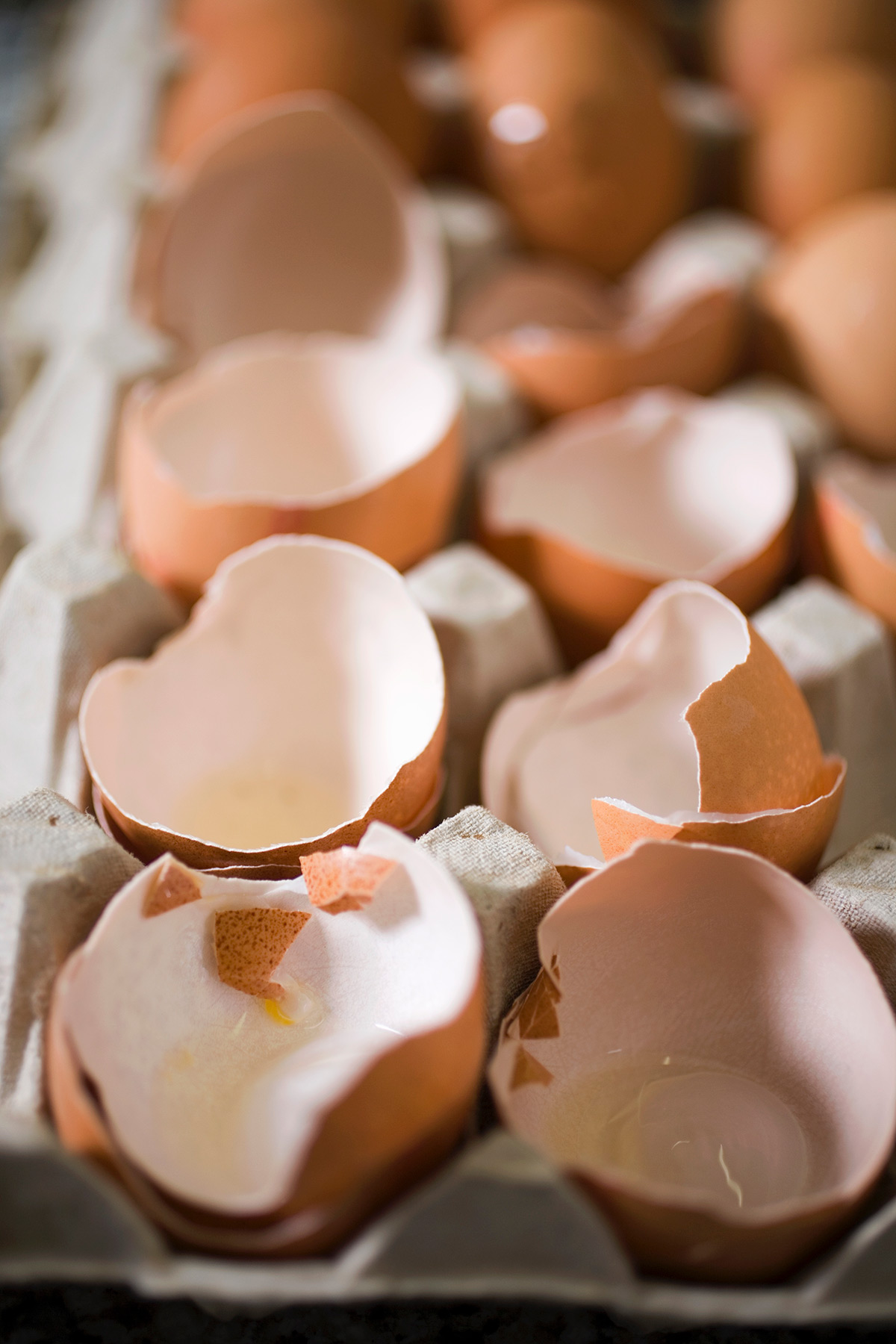
According to Ohio State University researchers, food waste can be turned into tires.
More specifically, food waste can substitute for carbon black, the petroleum-based filler that is a key component in tire manufacturing. In tests led by Ohio State researcher Katrina Cornish, eggshells and tomato peels were found to be viable replacements for carbon black, which is an increasingly scarce resource.
Those eggshells and tomato peels would be harvested from landfills, where they’re dumped by commercial food factories, and would be a cost-effective and eco-friendly alternative to fillers bought from overseas.
Aside from convenience, these articles of food waste have unique manufacturing upsides. Eggshells are packed with minerals, and their porous microstructures interact well with rubber. Tomato peels, which have been grown with thickness in mind for decades, are durable and highly stable at high temperatures.
The rubber produced with eggshell and tomato waste fillers not only exceeds industrial performance standards, it’s more flexible than carbon black rubber. Knowing that, other applications for rubber that weren’t possible or cost-effective before may be viable now.
—RealClearLife
This article was featured in the InsideHook newsletter. Sign up now.
